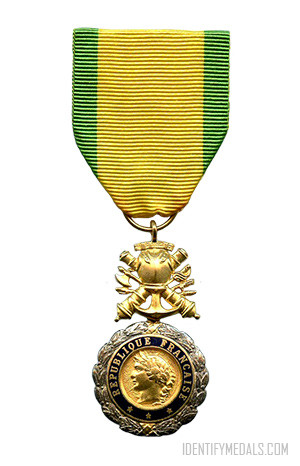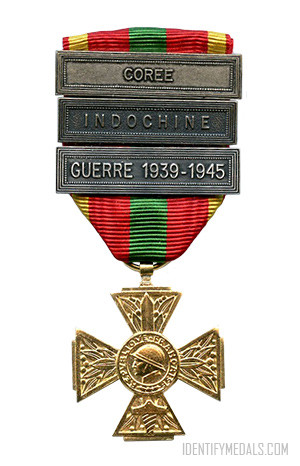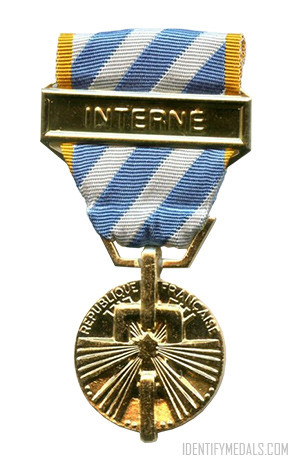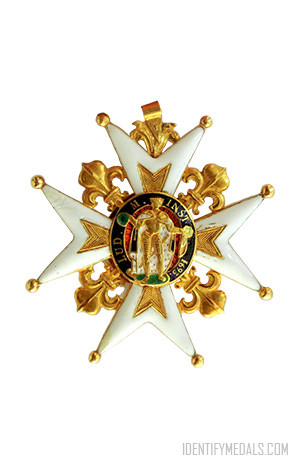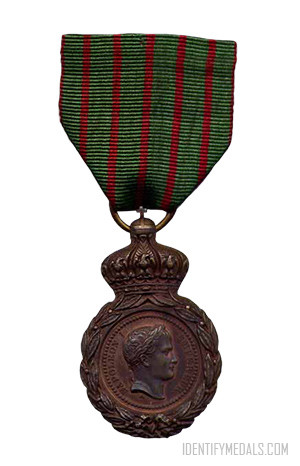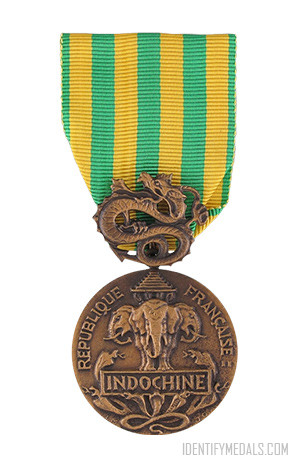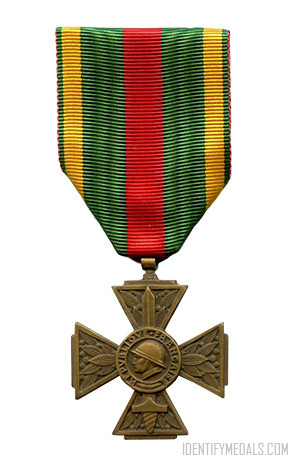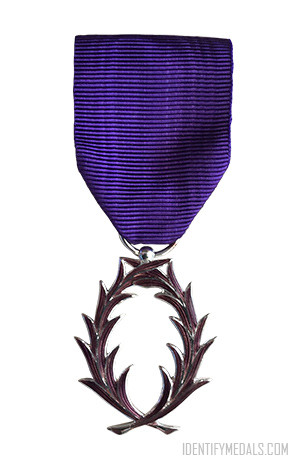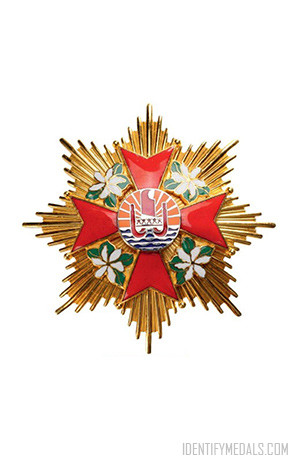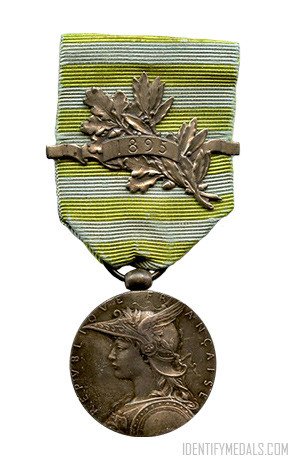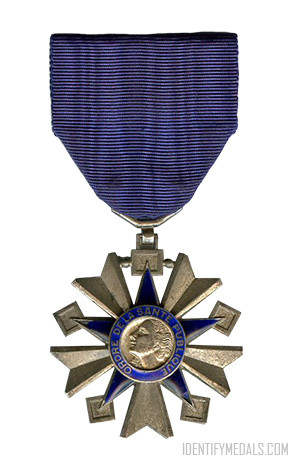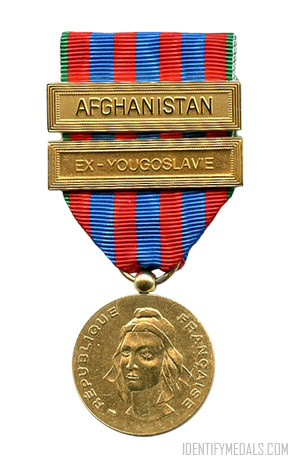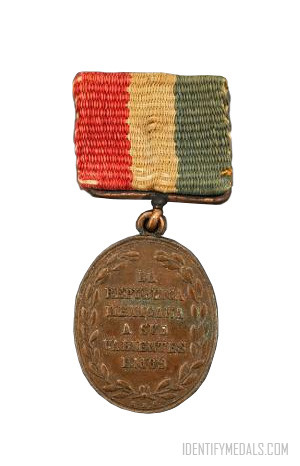The Military Medal (or Medaille Militaire) is a military decoration of the French Republic for other ranks for meritorious service and acts of bravery in action against an enemy force.
It is the third-highest award of the French Republic, after the Légion d’honneur, a civil and military order, and the ordre de la Libération, a second world war-only order. The Médaille militaire is therefore the most senior entirely military active French decoration.
The award was first established in 1852 by the first President of the French Republic, Louis-Napoléon Bonaparte who may have taken his inspiration from a medal established and awarded by his father, Louis Bonaparte, King of Holland.
During World War One, 230 000 médailles were awarded, when 1 400 000 French Army soldiers were killed and 3 000 000 wounded. After the First World War, the Military Medal was also temporarily awarded for wounds received in combat.
The Military Medal Award Criteria
Like many other French awards, the médaille can be awarded for different reasons. It can be awarded to foreign nationals serving with or alongside the French armed forces.
- To members of the military other than commissioned officers;
- As an award for valour, it is the second highest award ranking immediately after the Légion d’honneur.
- As an in between medal for enlisted members, NCO and O(D) awarded the Légion d’honneur for “combat actions”, nowadays mostly done posthumously.
- As a service medal, for long-serving NCOs.
- To generals and admirals who have been commanders-in-chief, as a supreme award for leadership. These general officers must already have been awarded the grand cross of the Légion d’honneur.
The Military Medal Design
The Médaille militaire is a silver laurel wreath, 28 mm (1.1 in) in diameter, wrapped around a central gold medallion bearing the left profile of Marianne, effigy of the French Republic, the original 2nd Empire variant bore the left profile of Emperor Napoleon III.
The central gold medallion is surrounded by a blue enamelled ring bearing the gilt inscription “RÉPUBLIQUE FRANÇAISE” (“FRENCH REPUBLIC“) with a small gilt five-pointed star at the bottom for a 4th Republic award, three stars for a 5th Republic variant, the 3rd Republic variant bore the date 1870, the 2nd Empire variant bore the gilt inscription “LOUIS-NAPOLEON” in lieu of “RÉPUBLIQUE FRANÇAISE” and had flowers on both sides of the small star at the bottom.
The original variant was topped by a silver imperial eagle with a loop through which the suspension ring passed, all other variants were and are topped by a device composed of a breastplate superimposed over crossed cannons, a naval anchor, sabres, swords and battle axes, to which the suspension ring passes through a loop for attachment to a ribbon.
The reverse of the medallion is common to all variants since inception of the award, it bears the relief inscription on three lines “VALEUR ET DISPLINE” (“VALOUR AND DISCIPLINE”) and is surrounded by a blue enamelled ring.
The ribbon of the Médaille militaire is 37 mm (1.5 in) wide, yellow in color with 6 mm-wide (0.24 in) green stripes on each edge.

